Douglas firs are said to rival redwoods in height and have the best strength-to-weight ratio of all wood species used for flooring. It is commonly called red fir or red pine, but it is neither fir nor pine. Although it is an exotic species native to North America, it was brought to Europe almost 200 years ago and to Romania over 100 years ago. Its color is different from that of fir and pine, and its smell is slightly lemony, but in specialized shops, the species from our forests is rarely sold as a different species, being another resinous alongside molid, brad or pin. In terms of properties and appearance it seems to be more than that, which is why it will be presented in more detail below.
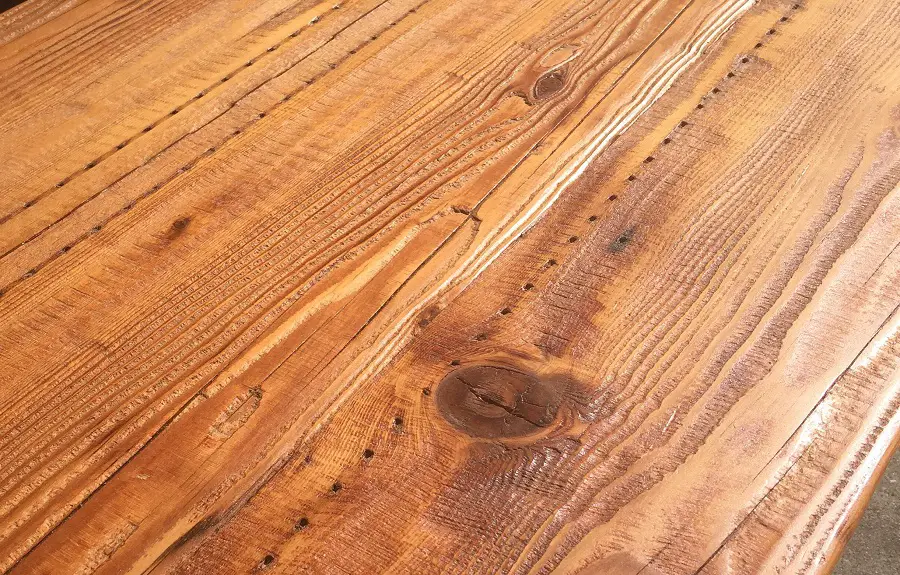
Although native to America, it is now found all over Europe
Douglas (Pseudotzuga mensiensii) is a resinous tree native to western North America. Although it is also known as Douglas fir, Douglas spruce, Oregon pine or Columbian pine, is not of the genera Abies (fir), Picea (spruce) or Pinus (pine). Name Pseudotzuga (like douglas) means false hemlock, often confused with this species. We also call it duglas greento distinguish it from Pseudotzuga mensiensii Glauca, also called the blue or blue or blue-brown duglas.
Both the common and scientific names are tributes to those who discovered, studied and promoted it. The scientific name comes from the Scottish naturalist Archibald Menzies who discovered and described it in 1791. Douglas is named after the Scottish botanist David Douglas who first brought it to Europe in 1827. Unlike other countries, in our country words are spelled as you hear them, so the tree is recorded in the DEX as Douglas.
In Europe, Douglas fir first arrived in the UK. From here it spread fairly quickly to Italy, France, Germany, Belgium, the Netherlands and Denmark. Today it is found from the mountains of Portugal to the Carpathians and from Poland to Sicily. In France, thanks to forestry policies, it has even become the second species used for reforestation. In our country, it is found in the forests around Brasov, in Marghita, but especially in western Transylvania and Banat because of the milder winters it enjoys.

A tree that can reach over 80 m in height, up to 5 m in diameter and over 1000 years old
In North America, specimens growing on the west coasts can reach more than 80 m in height and 4-5 m in diameter, the humid, mountainous oceanic climate favoring growth and development. In Europe, Douglas-fir rarely exceeds 60m in height and 2.5m in diameter. The stalk grows straight, cylindrical, with a smooth, greyish-brown bark that is light in colour at first, thickens, darkens and cracks sharply in length as it matures.
The crown is conical with branches pointing upwards. The needles are persistent, glossy green in front with a whitish stripe down the back. They are 2-3 cm long and 1-1.5 mm wide, soft, pointed and arranged all around the branch. When squeezed between the fingers, they give off a very pleasant odor, a combination of resin and lemon. The cones hang on the branches, are conical, 5-10 cm long with rounded scales. The seeds are 7 mm long, winged, brown and resin-free.
Douglas-fir matures early, around 8 years. At over 30 years of age it bears much fruit annually. It is a fast growing species, after 8 years growth is sustained and vigorous. It typically lives up to 600-700 years, but there are specimens that have exceeded 1000 years.
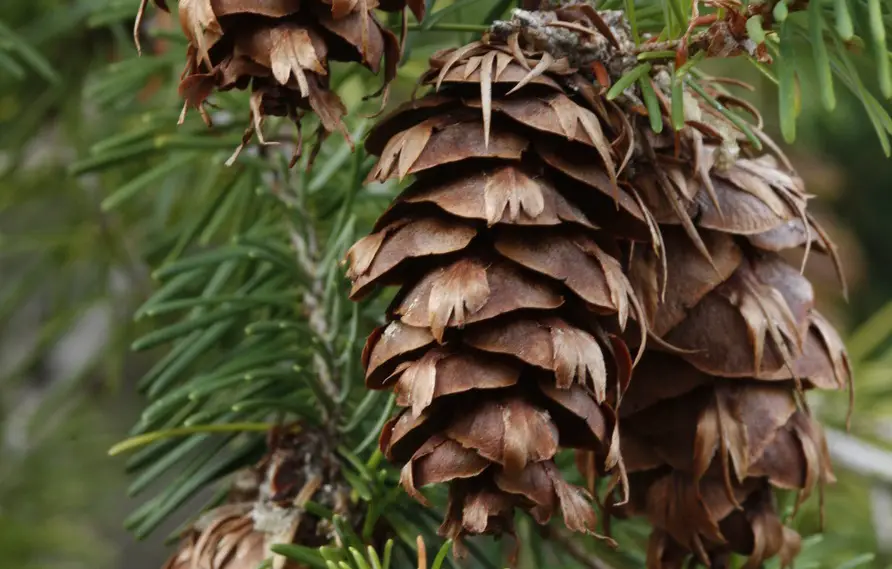
Douglas fir: characteristics, properties
The cross-section shows the difference between the albumen and the heartwood. The sapwood is thin, yellowish-white, and the heartwood is light brown with reddish-orange tinges. The darker the color the more mature the tree. Annual rings are clearly visible due to the difference in color between the late and early wood and the sudden transition between them. This color difference causes the wood to appear striped in radial cuts and spectacular in tangential cuts.
The fiber is straight, sometimes slightly wavy. Texture is medium to coarse with moderate natural gloss. Resiniferous channels are small to medium, unevenly distributed, solitary or in groups. Tracheids are medium to large in diameter. As in any resinous wood, there are no pores. European Douglas-fir has a lower resin content than American Douglas-fir.
The density of Douglas fir is between 510 and 540 kg/m³, depending on the origin. It dries well, without large dimensional variations and without major cracking. It is very resistant to compression, tension and bending and is considered the most resistant conifer. It has medium resistance to decay but low resistance to insect attack. It works well, but will chop tools faster than other species and can sometimes load them with resin. It glues fairly well, colors, oils and varnishes/paints without problems.
When processed, it gives off a distinctive, resinous, slightly citrusy odor.
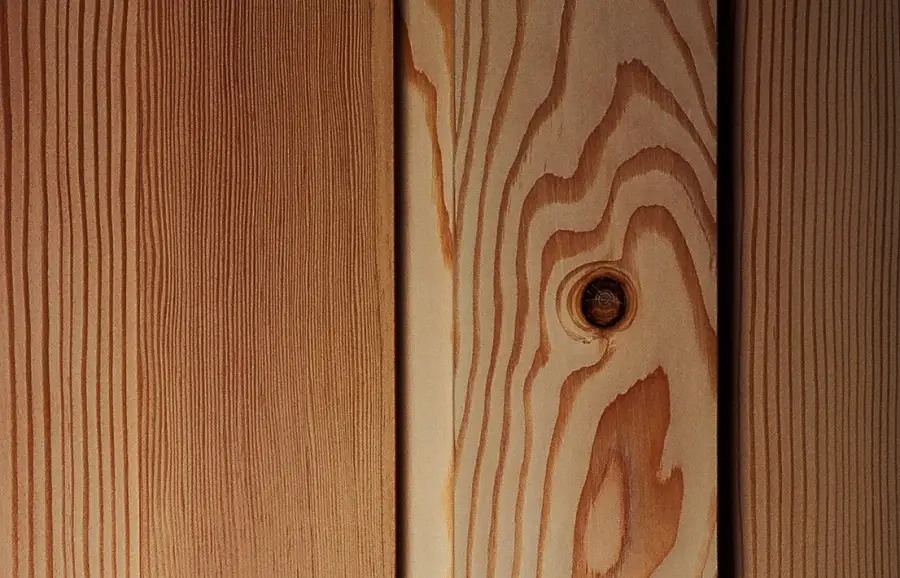
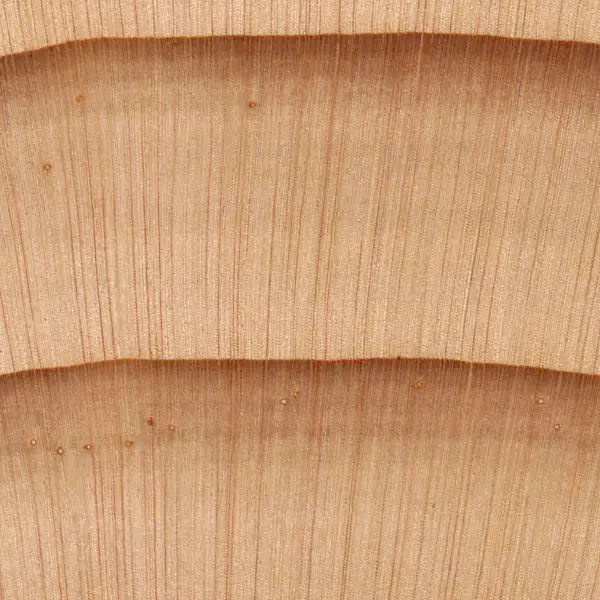
Versatile wood with many uses
Because of its very good strength-to-weight ratio, Douglas fir is primarily used in construction as a structural material. It is used to make timber frameas a roofing material (roofing battens) and for making laminated beams. Due to its good abrasion resistance it is used for flooring. It is recommended for window frames and doors.
Used in furniture, veneer and plywood. Used in the construction of ships and small aircraft. It can be impregnated under pressure, making it much more resistant to the outside. Thus treated it is often used for exterior cladding of houses.
It is used for reforestation, as an ornamental tree, and even adapts to lowland areas. The pleasant shape, the needles arranged around the branch and the characteristic scent make douglas fir a popular Christmas tree.
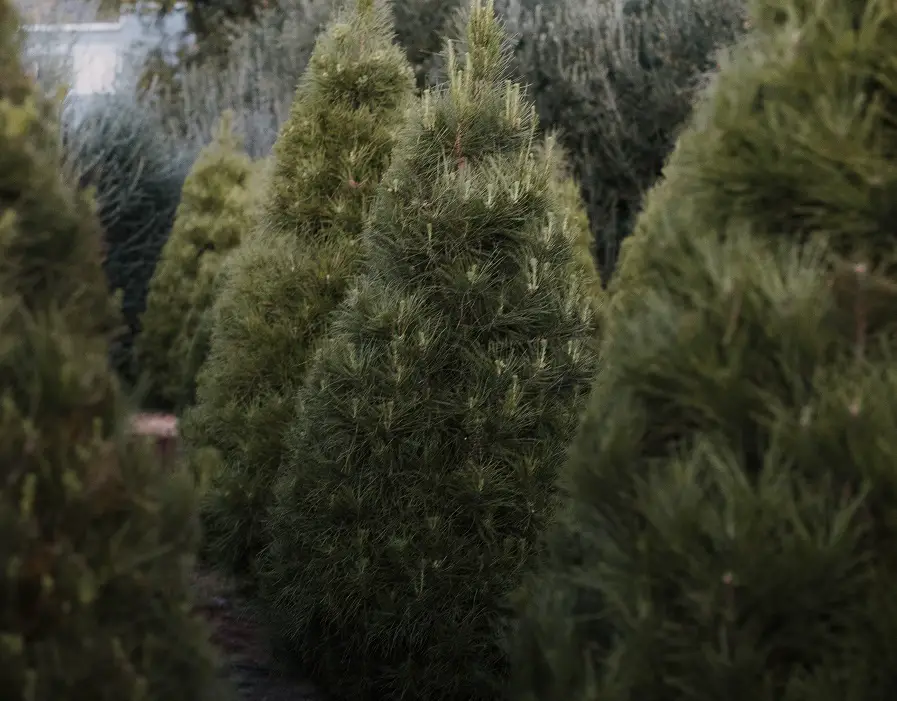
A volatile oil is extracted from the needles and used in massage oils or in products to treat colds and nose and throat ailments.
I hope you find the information useful. As always, additions are welcome. And if you have any questions or queries, please leave them below in the dedicated space. I will be sure to reply.
Want to know about the wood of a particular species? Search here, you may well find them!

























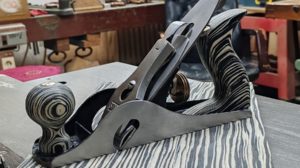
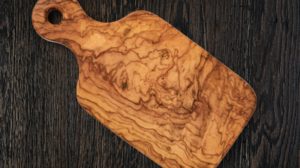
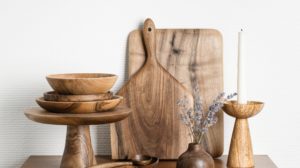
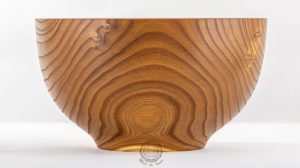
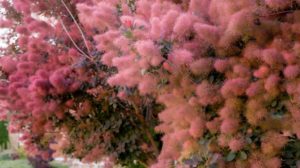

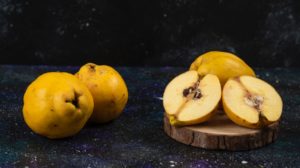




Add comment